Maguindanao, Philippines, 24 Ramadan 1437/30 June 2016 (MINA) – The estranged Moro Islamic Liberation Front (MILF) and the Moro National Liberation Front (MNLF) on Wednesday agreed to push forward a common roadmap for peace in the country’s troubled South.
MILF chairman Hadji Murad Ebrahim and Muslimin Sema, who is chairman of the largest of three factions in the MNLF, signed in Camp Darapanan in Sultan Kudarat, Maguindanao a joint communiqué binding their groups to cooperate in “harmonizing” their separate peace deals with Malacañang.
Camp Darapanan in northeast Sultan Kudarat town is the MILF’s main enclave, where Murad resides and holds office.
Also Read: Pakistan Condemns Israeli Settler Attacks in West Bank, Al-Aqsa Storming
The MNLF forged a final peace accord with the government on Sept. 2, 1996. Its implementation, however, was mired by disagreements on the enforcement of some of its sensitive provisions.
The MILF, which splintered from the MNLF in the early 1980s, also had a separate peace compact with the government, the March 27, 2014 Comprehensive Agreement on Bangsamoro (CAB).
Congress failed to approve the enabling measure for the implementation of the compact, the Bangsamoro Basic Law (BBL), which has been archived in the House of Representatives.
Murad told reporters who witnessed the signing of the joint communiqué that there is no truth to assertions it is difficult to achieve peace in Southern Mindanao owing to the factional divides between the local Moro communities.
Also Read: China Criticizes US-Drafted UN Gaza Resolution as Vague, Abstains from Vote
He said they are open to having only one peace agenda for the MILF and the MNLF to pursue.
The Tripoli Agreement
Sema said they are hoping incoming President Rodrigo Duterte would focus attention on the need to address the Moro issue peacefully. He said past administrations had failed to comply with the government’s part of the peace deals it forged with Moro rebel groups.
“There was no implementation `in letter and spirit’ of the 1976 Tripoli Agreement, the Jeddah Accord and the 1996 Final Peace Agreement between the government and the MNLF,” Sema said.
Also Read: Former Bangladesh PM Sheikh Hasina Sentenced to Death
The Tripoli Agreement is touted as the `mother of all peace accords’ between the government and the Moro community, brokered by the Organization of Islamic Cooperation (OIC), a bloc of more than 50 Muslim states, including Arab and North African petroleum-exporting countries.
The agreement was signed on December 23, 1976 in the Libyan capital Tripoli by representatives of President Ferdinand Marcos and the still monolithic MNLF then under Nur Misuari.
Sema said his group was saddened that the MILF’s 2014 peace deal with the government failed to take off since Congress failed to pass the BBL.
He said despite their being in the MNLF, they are anxious over the fate of the BBL, as a consequence of the government’s having assured that all of the 42 consensus points reached in the tripartite review of their 1996 peace agreement with Malacañang had been integrated into the proposed law, which is premised on the CAB.
Also Read: Pakistan Declares State of War After Car Bomb Incident
The three-way evaluation of the peace agreement from 2007 to 2015, involving the MNLF, the OIC and representatives of Malacañang, was meant to iron out the misunderstandings on its implementation.
“Now we have to join ranks for the sake of `harmonizing’ our separate peace tracts for us to achieve a durable kind of peace that is for all people in Mindanao, for all people in the Bangsamoro. The Bangsamoro is never indivisible geographically and demographically,” Sema said.
Sema and Murad are both optimistic a lasting, acceptable peace agreement between Malacañang and the Bangsamoro community can easily be achieved with Duterte, himself from Mindanao, being at the helm of government.
“He is from Mindanao and has Maranaw blood. He surely understands the Moro problem. We are grateful to have a president from Mindanao for the first time ever,” Murad said. (T/R07/R01)
Also Read: Jakarta Hosts Gala Dinner for World Peace Forum Delegates
Mi’raj Islamic News Agency (MINA)






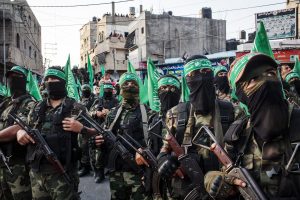
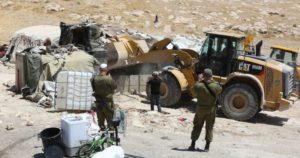

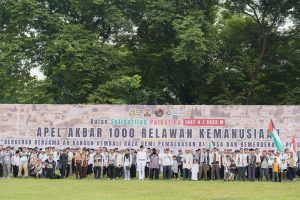
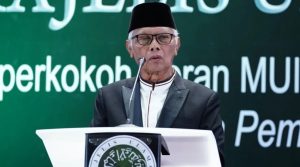
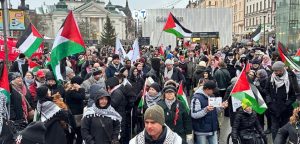
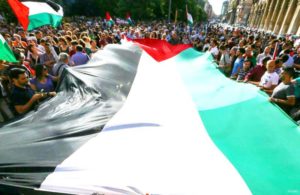
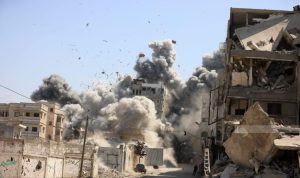
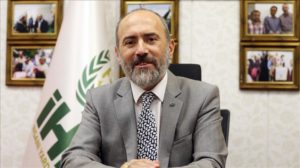

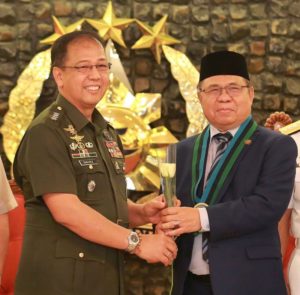
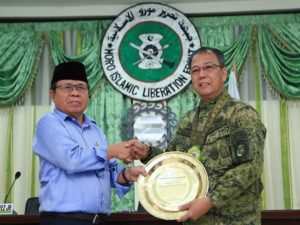
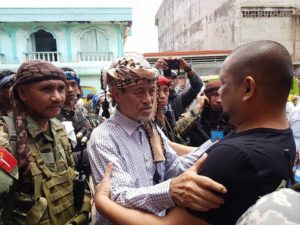
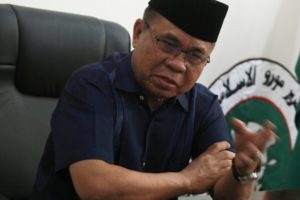






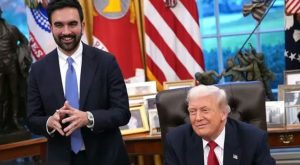






 Mina Indonesia
Mina Indonesia Mina Arabic
Mina Arabic